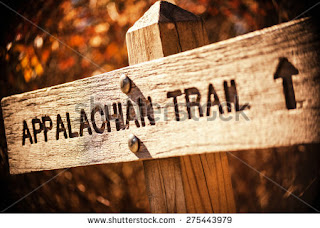As the old joke goes, “Who would want to jump out of a
perfectly good airplane?” While humorous, it wasn’t too far from the reason
parachutes were invented. At least someone had thought of the fact that along
with inventing the airplane, pilots would need a way to bail out should
something go wrong. And of course, they had to practice.
However, first came parachuting from hot air balloons.
The first woman to jump out of a balloon was
Jeanne-Genevieve Garnerin wearing her husband, Andre’s, frameless chute, in
1799. Jeanne-Genevieve and her husband flew and jumped out of balloons (perfectly
good ones, at that) for entertainment events.
It wasn’t until 1913 that a woman leapt from a plane.
Georgina Ann “Tiny” Thompson had a very rough time early in life: married at 12
years old, her first baby at 13, slaving in a cotton mill for 14 hours a day—it
wasn’t until she turned 15 that she thought to change her destiny. What
inspired her? A Charles Broadwick carnival parachute show. “Tiny” would wear
fancy bloomers and pink ribbons as she stepped out of the plane’s doors,
floating gracefully to the ground for 2000 feet. Back then, the parachute was
rigged to open from a string attached to the fuselage. It wasn’t until a
near-tragedy occurred—the parachute ropes got tangled in the tail—that “Tiny”
did the only thing she could think to do: she cut the ropes, and while
free-falling, pulled the leftover line and effectively getting the chute to
open. She’d just invented the ripcord.
If that wasn’t enough to scare her into staying on the
ground, I don’t know what would. There were a number of additional frightening
incidents to follow during her over 1000 jumps, including tangling in
high-tension wires and even a windmill. Once she landed on the roof of a train,
although there is no mention if it was moving or not. “Tiny” continued to
parachute, and throughout WWI she was an advisor for the U.S. Army Air Corps.
She died at the age of 85.





